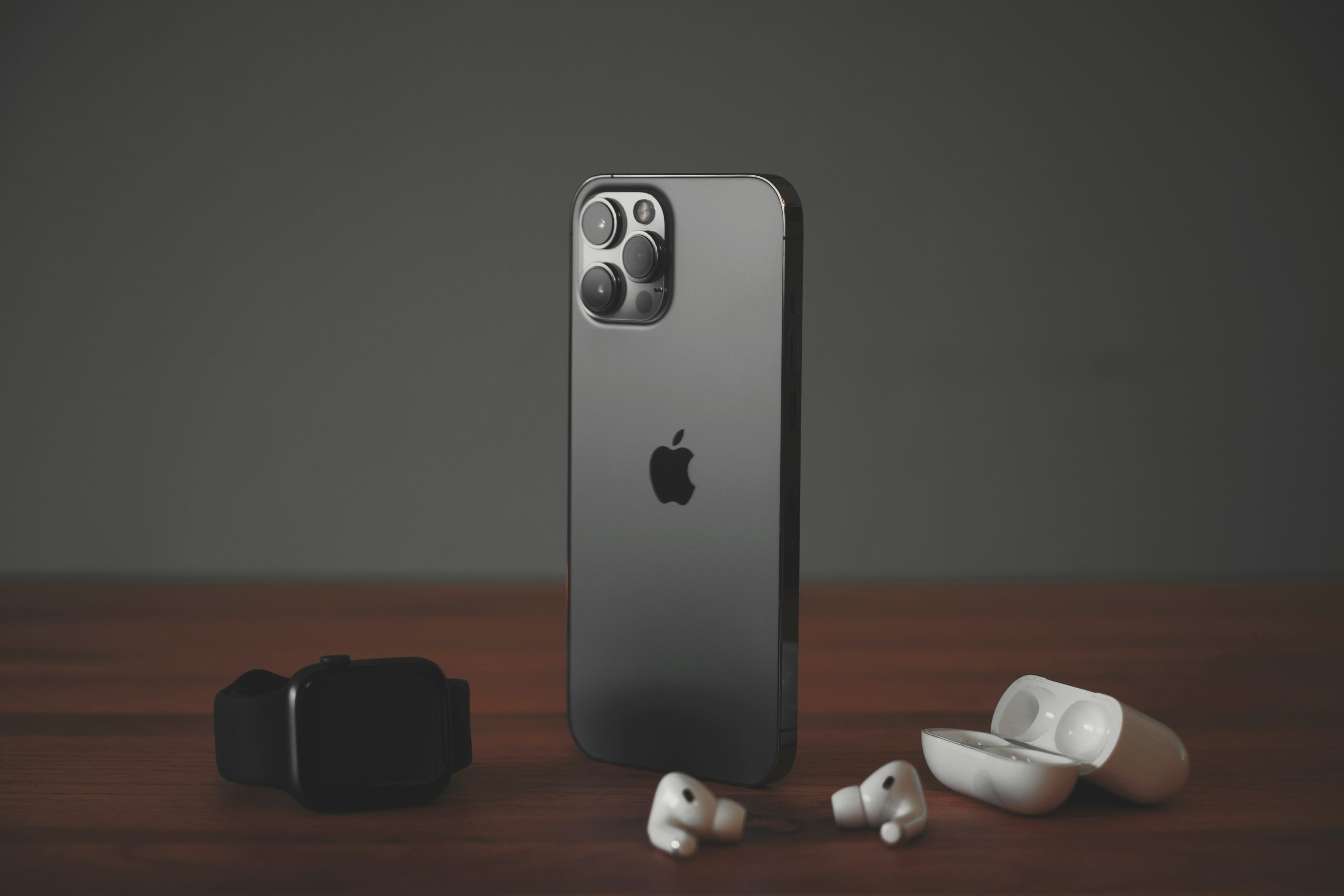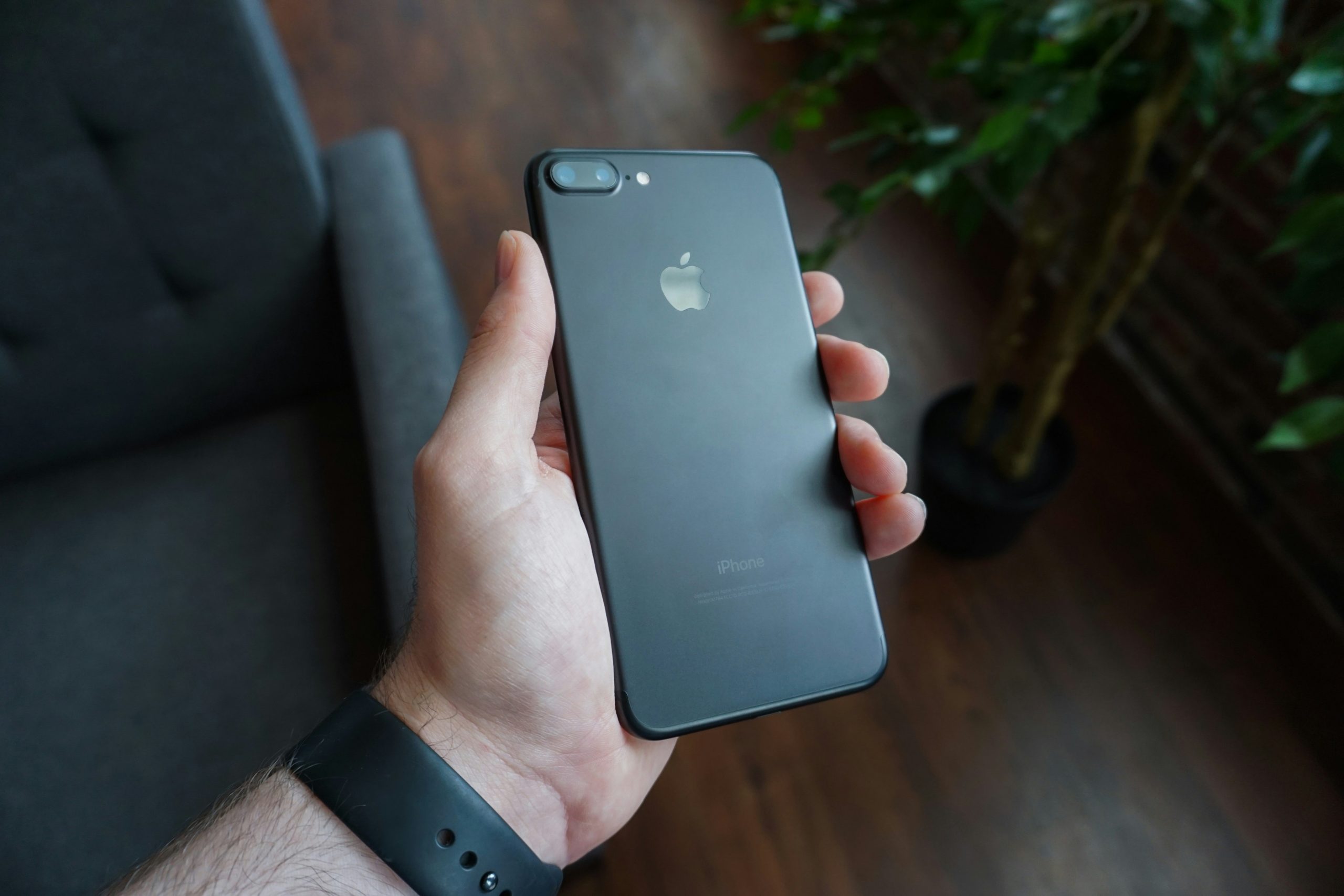In today’s digital age, our smartphones are more than just communication devices; they are powerful tools for capturing memories. With the iPhone leading the charge in photography innovation, users often find themselves snapping stunning photos in HEIC format—Apple’s high-efficiency image container that boasts superior quality and smaller file sizes. But what happens when you want to share those breathtaking images with friends or upload them to platforms that don’t support HEIC? If you’ve ever faced the frustration of trying to send a photo only to be met with compatibility issues, you’re not alone.
Fear not! Converting HEIC images to the more universally accepted JPG format is easier than you might think, and this guide will walk you through it step by step. Whether you’re looking to free up space on your device or simply ensure that your photos can be viewed anywhere, we have you covered. Dive into the world of seamless conversion techniques right at your fingertips and unlock a hassle-free way to share those beautiful snapshots without losing an ounce of quality!
What is HEIC Format?
HEIC, or High Efficiency Image Coding, is a modern image format that facilitates high-quality images with significantly reduced file sizes compared to traditional formats like JPEG. Introduced by Apple in 2017, HEIC leverages advanced compression algorithms without compromising on detail or clarity, making it an ideal choice for photographers and casual users alike. Its efficiency allows users to store more photos on their devices, combining multiple images into a single file while maintaining crisp quality—perfect for capturing vivid moments during your weekend adventures.
However, despite its advantages, HEIC isn’t universally embraced across all platforms and applications. Many non-Apple devices and software struggle to recognize this emerging format, potentially complicating the process of sharing photos with friends using different systems. This limitation has made converting HEIC files into more widely supported formats like JPG increasingly relevant. By understanding both the benefits of HEIC as well as its compatibility challenges, iPhone users can make informed decisions about how they manage their digital images, ensuring effortless sharing without sacrificing quality.

Benefits of Converting HEIC to JPG
Converting HEIC to JPG unlocks a world of compatibility, making it easier to share and edit your photos across various platforms. Unlike HEIC, which is primarily used by Apple devices, JPG is universally recognized and can be opened on virtually any device without the need for specialized software. This universality means that you can confidently share images with family, friends, or colleagues who may not use Apple products without worrying about potential formatting issues.
Furthermore, converting to JPG allows for broader accessibility in editing tools and applications. Many online photo editors and apps still favor traditional formats like JPG, so having your images in this format ensures you won’t run into hurdles while trying to enhance or modify them. Also, while HEIC files boast impressive compression capabilities with minimal loss of quality, they can sometimes take up more space when stored alongside original formats; converting to JPG simplifies your storage management while still preserving the beauty of your photos for cherished memories or sharing on social media platforms.
How to Change iPhone Settings
To change iPhone settings effectively, start by unlocking a world of customization that can enhance your photo experience. Navigate to the “Settings” app, where you’ll find an array of options designed to optimize how your device operates and interacts with media files. If you’re looking to switch from HEIC to JPG for easier compatibility across devices, specifically head over to the Camera section within Settings. Here, selecting “Formats” allows you to alter file formats—choose “Most Compatible.” This adjustment ensures images are seamlessly saved in JPG format as opposed to HEIC, allowing for more straightforward sharing and editing.
Beyond just altering file types, consider exploring other features like adjusting photo quality or enabling HDR settings for improved dynamic range in your snapshots. Delving into these settings can transform the way you capture moments on your iPhone. Additionally, if cloud storage is part of your routine photography workflow, ensure that the Optimize iPhone Storage option under Photos is configured correctly; this will help manage space without sacrificing image variety when choosing formats or qualities. Embrace these small but impactful adjustments not only for better compatibility but also for enhancing your overall photographic journey on the iPhone!

Using the Photos App for Conversion
The Photos app on your iPhone is not just a repository for your images; it also serves as a powerful tool for format conversion. When you shoot photos in HEIC format, they retain high quality while taking up less space, but sharing them across devices can sometimes lead to compatibility issues. Fortunately, the Photos app simplifies the conversion process without needing any third-party applications. This built-in feature allows you to seamlessly export or share HEIC files as JPGs with just a few taps.
To make the most of this functionality, navigate to your desired photo within the Photos app and select it for sharing. As you choose email or messaging options, the app automatically converts the image into JPG format before sending—making it ideal for those who frequently share images with friends who might not be using Apple products. Moreover, keeping an eye on your storage is essential: by handling conversions fluidly in-app, you’re free from cluttering your device with redundant files while maintaining that high-quality standard. Embracing this native solution enhances user experience and ensures effortless sharing without hindering image integrity.
Third-Party Apps for HEIC Conversion
In a landscape where HEIC images are increasingly common, third-party apps have emerged as invaluable tools for hassle-free conversion. Many of these applications not only convert HEIC files to JPG but also offer additional features that enhance user experience, such as batch processing and cloud integration. This means you can easily convert multiple images simultaneously, saving precious time and effort—ideal for those with extensive photo libraries.
Moreover, some apps come equipped with advanced editing capabilities that allow users to tweak their photos before conversion. Imagine converting your favorite vacation snapshots into JPGs while also enhancing their brightness or cropping unwanted sections directly within the app! Furthermore, many third-party solutions prioritize user privacy and don’t require internet access for performance; they process conversions on-device, safeguarding your personal images from potentially untrustworthy servers. So whether you’re a professional photographer managing large volumes of photos or just an enthusiast looking to streamline your workflow, exploring these diverse applications might be the best next step in mastering your image management.

Online Tools for Quick Conversion
In the fast-paced world of digital photography, quick conversions between file formats can save both time and frustration. Online tools for converting HEIC to JPG not only streamline the process but also democratize access to technology that may otherwise require specific software or device capabilities. With just a few clicks, anyone with an internet connection can convert their high-efficiency images into universally accepted JPGs without any prerequisite tech knowledge.
What’s particularly compelling about these online converters is their user-friendly interfaces and the elimination of cumbersome downloads. Users can conveniently drag-and-drop files, customize output settings, and even batch-process multiple images—all from a web browser on any device. Moreover, some tools enhance your images during conversion by optimizing them for size without compromising quality, ensuring that your photos look spectacular while taking up minimal storage space on your iPhone or other devices. By leveraging these online resources, users not only simplify their workflow but also explore new artistic possibilities with ease.
Conclusion: Simplifying Your Photo Management
In an age where our devices capture countless moments, efficiently managing these digital memories is more critical than ever. Simplifying your photo management goes beyond mere storage; it involves an intentional approach to how you prioritize, convert, and curate these images. For iPhone users switching from HEIC to JPG, understanding the implications of this conversion can streamline both your workflow and your gallery. The lighter file size of JPGs often makes them easier to share across platforms without compromising image quality.
Moreover, embracing a holistic strategy for photo management means regularly revising your collection—deleting duplicates, organizing albums by themes or events, and routinely backing up important pictures. By integrating tools that automatically convert formats when transferring files or saving new photos in compatible versions (like JPG), you free yourself from constant conversions and ensure accessibility across various devices. This proactive approach not only saves time but enriches the way we connect with our captured experiences—making those fleeting moments truly unforgettable.